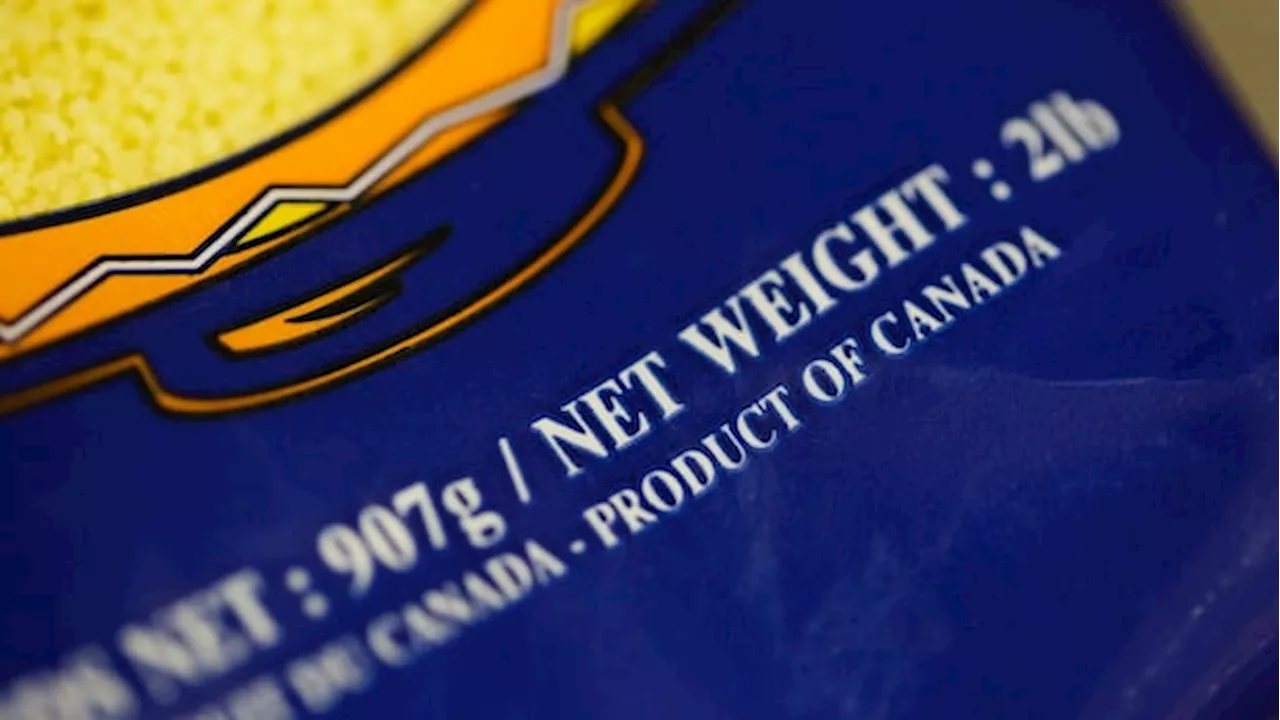This article explores the factors that influence the price of jeans, from design complexity and material choices to brand positioning and ethical considerations.
The price of jeans can vary wildly, from $50 to $500, leaving consumers puzzled about what justifies the difference. While some prioritize fit and brand recognition, others seek durability and value. The cost of jeans is influenced by several factors, including the complexity of the design, finishing processes, materials used, and brand positioning.
Intricate details like hand-stitching, embroidery, and specialized dyes contribute to higher prices, as do premium embellishments like custom hardware. Durable construction, such as double stitching and extra buttons, can also increase the cost but ultimately save money in the long run. Production volume plays a role as well. Well-known brands often benefit from economies of scale, allowing them to offer lower prices than smaller brands despite similar quality. Limited-run jeans, organic cotton, and high-quality fabrics from countries like Japan and Italy command a premium. Blends incorporating synthetic materials, while sometimes less expensive, can impact comfort, durability, and overall fit. Ethical considerations also factor into pricing. Brands committed to fair wages and sustainable practices often charge more, reflecting the cost of responsible manufacturing. However, price doesn't always equate to quality or sustainability. Consumers should research brands and scrutinize marketing claims to ensure their purchases align with their values
Jeans Price Denim Fashion Sustainability Manufacturing Quality
Canada Latest News, Canada Headlines
Similar News:You can also read news stories similar to this one that we have collected from other news sources.
 Decoding the Canadian Automotive Landscape: A Province-by-Province Look at Top Vehicle SearchesThis article delves into the trends shaping the Canadian automotive market by analyzing the most popular vehicle searches across each province. From Ontario's blend of luxury and practicality to Quebec's focus on affordability and the Maritime provinces' embrace of diverse options, the article reveals insights into consumer preferences and the factors driving vehicle purchasing decisions.
Decoding the Canadian Automotive Landscape: A Province-by-Province Look at Top Vehicle SearchesThis article delves into the trends shaping the Canadian automotive market by analyzing the most popular vehicle searches across each province. From Ontario's blend of luxury and practicality to Quebec's focus on affordability and the Maritime provinces' embrace of diverse options, the article reveals insights into consumer preferences and the factors driving vehicle purchasing decisions.
Read more »
 Decoding Canadian Labels Amidst Tariff FearsWith Canadian goods facing 25% tariffs from the U.S., shoppers are scrutinizing labels for their origin. This article clarifies the meanings behind 'Product of Canada', 'Made in Canada', 'Canadian', '100% Canadian', and the iconic Maple Leaf, explaining the regulations and nuances for various product categories.
Decoding Canadian Labels Amidst Tariff FearsWith Canadian goods facing 25% tariffs from the U.S., shoppers are scrutinizing labels for their origin. This article clarifies the meanings behind 'Product of Canada', 'Made in Canada', 'Canadian', '100% Canadian', and the iconic Maple Leaf, explaining the regulations and nuances for various product categories.
Read more »
 Decoding 'Made in Canada' and 'Product of Canada': The Canadian Buying MovementPrime Minister Trudeau's call to buy Canadian amidst U.S. tariff threats has raised questions about the nuances of product labeling. Understanding the difference between 'Made in Canada' and 'Product of Canada' is crucial for consumers navigating this complex landscape. This article delves into the regulations governing these labels, highlighting the challenges and complexities involved in identifying truly Canadian-made products.
Decoding 'Made in Canada' and 'Product of Canada': The Canadian Buying MovementPrime Minister Trudeau's call to buy Canadian amidst U.S. tariff threats has raised questions about the nuances of product labeling. Understanding the difference between 'Made in Canada' and 'Product of Canada' is crucial for consumers navigating this complex landscape. This article delves into the regulations governing these labels, highlighting the challenges and complexities involved in identifying truly Canadian-made products.
Read more »
 Decoding Jackson Pollock: New research reveals hidden images in his paintingsA new study by a psychiatry professor suggests that Jackson Pollock’s iconic drip paintings contain deliberately placed images – possibly influenced by his bipolar disorder.
Decoding Jackson Pollock: New research reveals hidden images in his paintingsA new study by a psychiatry professor suggests that Jackson Pollock’s iconic drip paintings contain deliberately placed images – possibly influenced by his bipolar disorder.
Read more »
 Decoding the Mystery of 'Florida Man': Eccentricity, Population Density, and Social CommentaryThis article explores the cultural phenomenon of 'Florida Man,' examining theories behind the abundance of bizarre news stories originating from the Sunshine State. It delves into factors such as Florida's large and diverse population, its open public records laws, and the potential for sensationalism to overshadow the human stories behind the headlines.
Decoding the Mystery of 'Florida Man': Eccentricity, Population Density, and Social CommentaryThis article explores the cultural phenomenon of 'Florida Man,' examining theories behind the abundance of bizarre news stories originating from the Sunshine State. It delves into factors such as Florida's large and diverse population, its open public records laws, and the potential for sensationalism to overshadow the human stories behind the headlines.
Read more »
 Decoding the Risks of Beauty Deals at Off-Price StoresWhile off-price retailers like TJ Maxx, Marshalls, and Ross offer enticing discounts on beauty products, there are potential risks associated with their condition and shelf life. This article explores the challenges of ensuring product quality and safety in these environments, emphasizing the importance of careful selection and examining potential signs of degradation.
Decoding the Risks of Beauty Deals at Off-Price StoresWhile off-price retailers like TJ Maxx, Marshalls, and Ross offer enticing discounts on beauty products, there are potential risks associated with their condition and shelf life. This article explores the challenges of ensuring product quality and safety in these environments, emphasizing the importance of careful selection and examining potential signs of degradation.
Read more »
